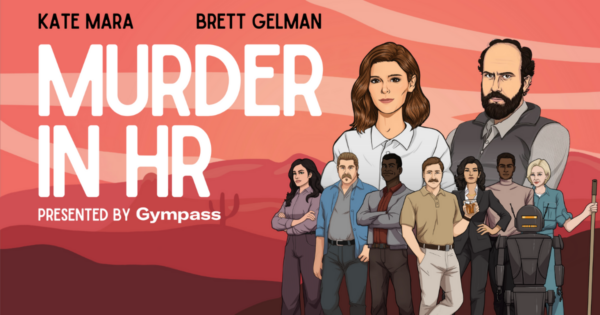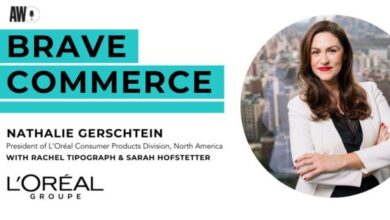
“One of the channels in this Slack community is called ‘Into the Void, and basically, the rule of this Slack channel within the bigger group is you have to write your posts in caps lock and you’re essentially screaming something frustrating happening in your job,” Bonnici said. “It’s anonymous to Chatham House rules—no one shares anything—and it’s a venting route for folks to get things off their chest.”
When Gympass sent its survey out through its email database, it received similarly interesting and off-kilter stories in response. Those tales eventually served as inspiration for the toxic suspects found in the podcast and drew an audience of not only human resources professionals, but business operations, finance and corners of corporate life who found those composite characters a bit too familiar.
Beyond addressing toxic workplace behavior and calling attention to Gympass’ brand, however, the podcast explains Gympass’ purpose beyond physical fitness, which includes personal trainers, nutritionists and therapists. “We have heard from a few customers that they learned about certain apps [of ours] through listening,” Bonnici said.
Risk and reward
Before joining Gympass in 2022, Bonnici served as CMO of software review platform G2.com. He also spent time marketing for HubSpot, Salesforce and Microsoft and learned that when marketing departments get to budget season and are figuring out where to place their bets, it helps to have those wagers backed by sustainable revenue.
“I like to be creative, but I like to drive revenue,” he said. “Creativity should drive business outcomes, not just creativity for creativity’s sake.”
He sees brand building as an essential part of the marketing mix, but one driven by the revenue-generating side of his business that creates the surplus necessary to take those chances. When chatting with Gympass marketing customers who’ve done listening parties and built escape room experiences around Murder in HR, Bonnici said he’s been asked by marketers at those companies how to make the case for similarly creative ideas.
His answer is somewhat more basic and boring than a murder mystery: Drive revenue and build marketing leads. He notes that B2C CMOs tend to focus more on brand building and less on revenue, while B2B CMOs go in the opposite direction—looking for return on investment and demand generation.





